435 Views
Stucco Removal FAQ

by
John Temmel Siding Guy
(IC: professional)
Have questions about stucco removal? No problem! Check out my Stucco Removal FAQ!
I've answered questions like what does damaged stucco look like and when does stucco need to be removed? Hope this helps you if you're in a "stucco situation" :)
Q. When does stucco need to be removed?
A. Stucco must be removed before siding or masonry is installed, or if it has a damaged area of over 18 to 24 inches; a damaged area this large will likely fall.
Q. What does damaged stucco look like?
A. Damaged stucco has cracks, chips, and bubbles that are the result of a settling house or failing bond.
Q. How is stucco removed?
A. Stucco is removed by using heavy-duty hammers, saws, crowbars, chisels, tin snips, wire brushes, and tons of hard work. The stucco is cut, cracked, and pried off. Then the heavy-duty chicken wire beneath the stucco is cut and pulled off.
Q. Can I do it myself?
A. Stucco removal is hard, hard work, and if not done correctly can ruin the exterior of a house. It is not a DIY project for the inexperienced, and for individuals requires weeks of commitment, not to mention time spent restoring the new outside of the house. Your safest best is to leave it up to professionals who are trained to give you the best result.
Q. Hm. Will you do it for me?
A. Absolutely. Check out our stucco removal work for examples
I've answered questions like what does damaged stucco look like and when does stucco need to be removed? Hope this helps you if you're in a "stucco situation" :)
Q. When does stucco need to be removed?
A. Stucco must be removed before siding or masonry is installed, or if it has a damaged area of over 18 to 24 inches; a damaged area this large will likely fall.
Q. What does damaged stucco look like?
A. Damaged stucco has cracks, chips, and bubbles that are the result of a settling house or failing bond.
Q. How is stucco removed?
A. Stucco is removed by using heavy-duty hammers, saws, crowbars, chisels, tin snips, wire brushes, and tons of hard work. The stucco is cut, cracked, and pried off. Then the heavy-duty chicken wire beneath the stucco is cut and pulled off.
Q. Can I do it myself?
A. Stucco removal is hard, hard work, and if not done correctly can ruin the exterior of a house. It is not a DIY project for the inexperienced, and for individuals requires weeks of commitment, not to mention time spent restoring the new outside of the house. Your safest best is to leave it up to professionals who are trained to give you the best result.
Q. Hm. Will you do it for me?
A. Absolutely. Check out our stucco removal work for examples
Enjoyed the project?
Published February 14th, 2013 2:50 PM
Comments
Join the conversation
1 comment
-
John is right on with this. Traditional stucco surfaces if they were applied even somewhat correct are dogs to remove. I had on my house a small 3 foot high by 20 foot section, and it took me two days to get it off so I could re-side the area. EIFS stucco the type that has foam under it is another entirely different issue. Comes off much faster, but the amount of debris that results will often fill several large dumpsters. Also once removed the HVAC system needs to be evaluated for load sizes as you loose quite a bit of energy out the wall that it is no longer being insulated.
 Woodbridge Environmental Tiptophouse.com
on Feb 14, 2013
Woodbridge Environmental Tiptophouse.com
on Feb 14, 2013
-



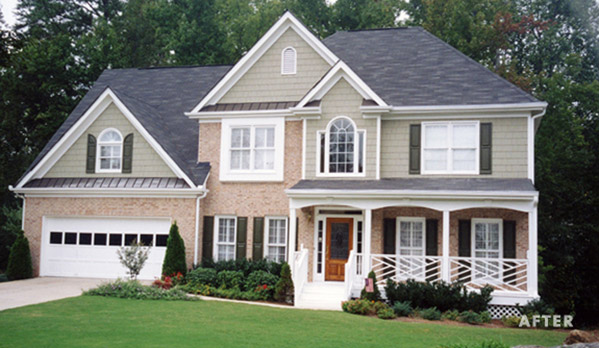
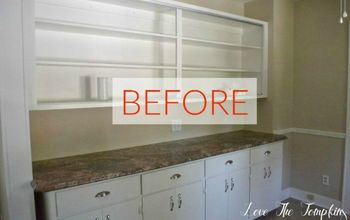
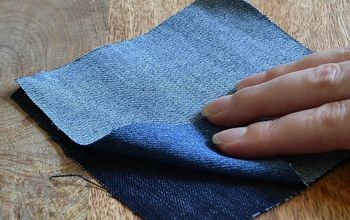





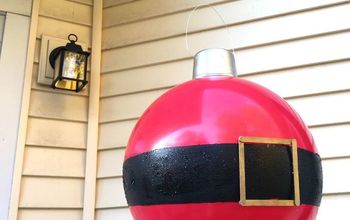
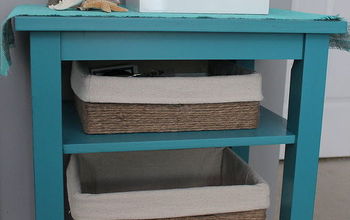
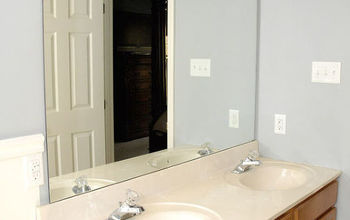


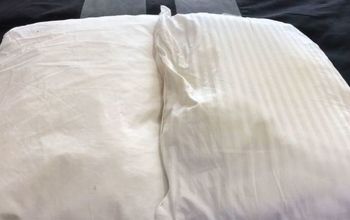

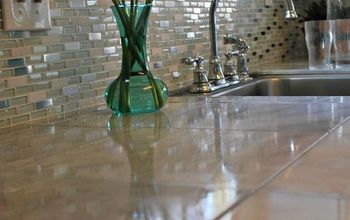

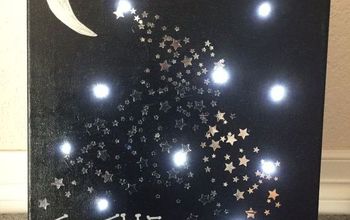
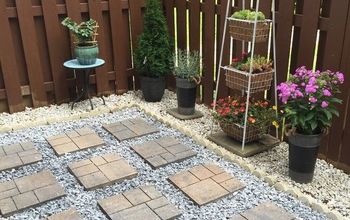

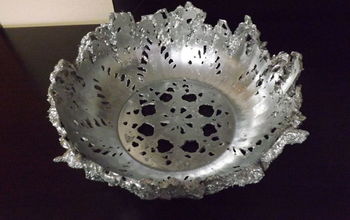
Frequently asked questions
Have a question about this project?